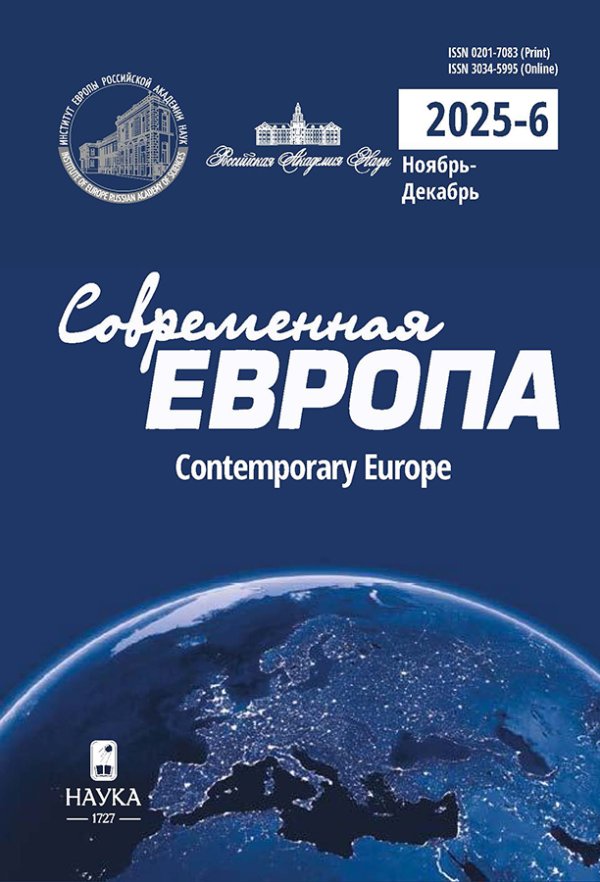Latvia and Estonia: the soviet period of economic development
- Authors: Simonyan R.K.1
-
Affiliations:
- MGIMO-University
- Issue: No 5 (119) (2023)
- Pages: 190-200
- Section: Articles
- URL: https://journals.rcsi.science/0201-7083/article/view/142237
- DOI: https://doi.org/10.31857/S0201708323050157
- EDN: https://elibrary.ru/YAPTZS
- ID: 142237
Cite item
Full Text
Abstract
About the authors
Renald Khikarovich Simonyan
MGIMO-University
Email: simonyan.renald@yandex.ru
Moscow, Russia
References
- Госкомстат СССР (1990) Народное хозяйство СССР в 1989 г. Статистический ежегодник. Финансы и статистика, Москва. 767 с.
- Зубкова Е.Ю. (отв. сост.) (2015) Советская модель экономики: союзный Центр и республики Прибалтики. 1953 г. - март 1965 г. Международный фонд "Демократия", Москва. 1008 с.
- Клявиньш И. (2014) Становление и развитие Рижского радиозавода. RaKa, Рига, Латвия. 352 c.
- Прибыльская Л. (2006) Пробивная сила. Бизнес-Класс. № 11. С. 49-57.
- Шнейдере И. (1989) Социалистическая индустриализация в Латвии: ход, итоги, проблемы. Зинатне, Рига, СССР. 308 с.
- Corbett J., Veenendaal W. (2019) Why Small States Are Beautiful. Political Insight. Vol. 10. No. 1. P. 4-8. DOI: https://doi.org/10.1177/2041905819838143
- Krumins G. (2017) Latvijas Tautsaimniecibas vesture. Jumava, Riga, Latvia. 1054 p.
- Terk E. (2000) Privatization in Estonia. Ideas. Progress. Results. Estonian Institute for Futures Studies, Tallinn, Estonia. 223 p.
- Waltz K. (1979) Theory of International Politics.International Organization. No. 2. P. 201-310.
- Winters L., Martins P. (2004) When Comparative Advantage is Not Enough: Business Costs in Small Remote Economics. World Trade Review. Vol. 3. No. 3. P. 347-383.
Supplementary files










